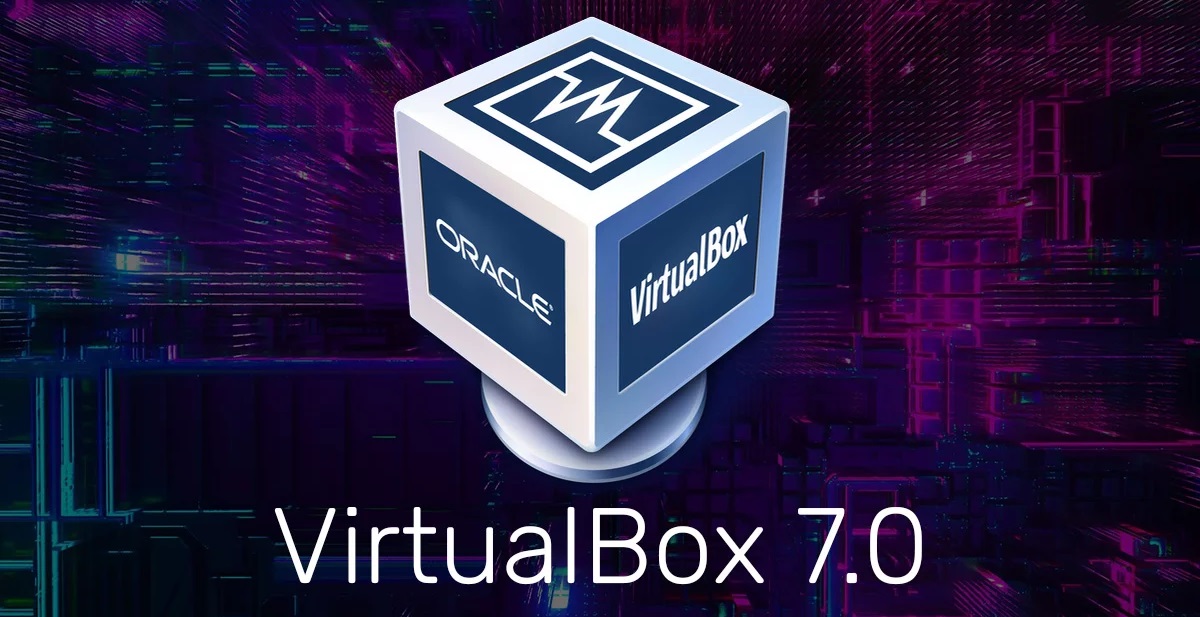
VM VirtualBox is virtualization software for x86/amd64 architectures
Oracle released the release of the corrective version of your virtualization system VirtualBox 7.0.6, in which it indicates that 14 corrections were made. At the same time, it also reports that an update to the previous VirtualBox 6.1.42 branch was formed with 15 changes, including support for Linux 6.1 and 6.2 kernels, as well as RHEL 8.7/9.1/9.2 kernels, Fedora, SLES 15.4 and Oracle Linux 8.
For those who are unfamiliar with VirtualBox, I can tell you that this is a multiplatform virtualization tool, that gives us the possibility of creating virtual disk drives where we can install an operating system within the one we normally use.
Main new features of VirtualBox 7.0.6
In this new update version that comes from VirtualBox 7.0.6, the additions for hosts and invitestwo based on Linux include support for the kernel from the RHEL 9.1 distribution and initial support for the Oracle Linux 7 Unbreakable Enterprise Kernel 7 (UEK8) kernel.
Another change made to Linux Guest Additions is that initial support for building the vboxvideo driver for the Linux 6.2 kernel was added.
Regarding the problems solved, it is mentioned that I know it solved the problem with starting the FreeBSD bootloader on systems with older Intel CPUs that do not support "VMX Unrestricted Guest" mode have been resolved in Virtual Machine Manager.
It also stands out that the problems with the grouping of virtual machines created or modified from the command line were corrected.
VirtioNet fixed a problem with the network que was not working after loading from a saved state.
Added support for increasing the size of the VMDK image variants: monolithicFlat, monolithicSparse, twoGbMaxExtentSparse, and twoGbMaxExtentFlat.
Of the other changes that stand out from the new version:
- In the VBoxManage utility, the “–directory” option has been added to the guestcontrol mktemp command.
- The “–audio” option has been deprecated and the –audio-driver” and “–audio-enabled” options should be used instead.
- Improved transfer of mouse state to the guest system.
- On Windows host systems, virtual machines have been configured to start automatically.
- Generic enhancements introduced
If you are interested in knowing more about it about the release of this version VirtualBox 7.0.4 you can consult the details in the following link.
How to install VirtualBox 7.0.6 on Ubuntu and derivatives?
For those who are already VirtualBox users and they have not yet updated to the new version, they should know that they can only update by opening a terminal and typing the following command in it:
sudo apt update sudo apt upgrade
Now for those who are not yet users, you should know that before installing, they need to ensure that hardware virtualization is enabled. If they are using an Intel processor, they must enable VT-x or VT-d from their computer's BIOS.
In the case of Ubuntu and derivatives, we have two methods to install the application or, where appropriate, update to the new version.
The first method is by downloading the "deb" package offered from the official website of the application. The link is this.
The other method is adding the repository to the system. To add the official VirtualBox package repository, they should open a terminal with Ctrl + Alt + T and run the following command:
echo "deb https://download.virtualbox.org/virtualbox/debian $(lsb_release -cs) contrib" | sudo tee /etc/apt/sources.list.d/virtualbox.list
Done this now We must add the public PGP key from the official VirtualBox packages repository to the system.
Otherwise, we will not be able to use the official VirtualBox package repository. To add the public PGP key from the official VirtualBox package repository, run the following command:
wget -q https://www.virtualbox.org/download/oracle_vbox_2016.asc -O- | sudo apt-key add -
We must update the APT package repository with the following command:
sudo apt-get update
Once this is done, now we are going to proceed to install VirtualBox to the system with:
sudo apt install virtualbox-7.0
And ready with it, we can use the new version of VirtualBox in our system.